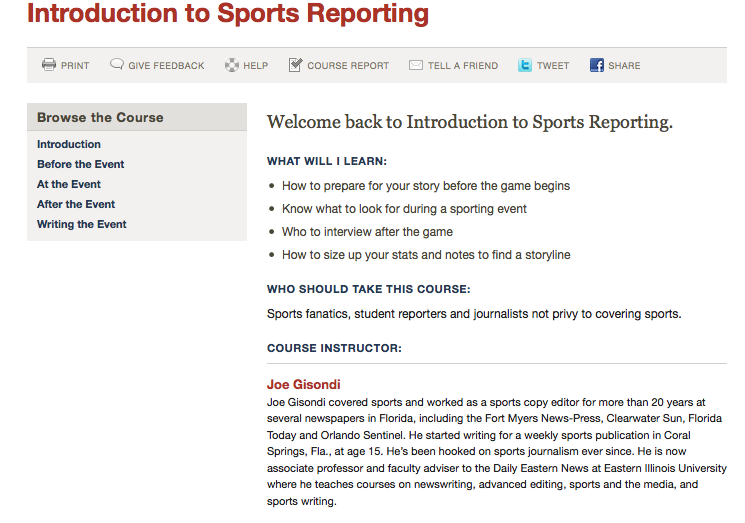Before I began reading the Introduction to Sports Reporting, I wasn't really sure how much I would get out of it. I have been covering sporting events at Marquette and around Milwaukee for the past three years. I've covered basketball games, soccer matches, baseball games and even tennis matches.
What I found, however, was a pleasant surprise. Some of the things I already knew: research the teams you are covering, understand the rules, etc. Some of these things I thought should be common knowledge, but for those who haven't covered a sporting event in the past, it was good background information.
Some of the things I read were more beneficial, however. Under the "At the Game" section in the "Where You Watch the Game" part, the article advised to avoid the press box if possible. I've always been content sitting courtside at a basketball game or at the scorer's table during soccer matches. Getting up and taking note of the emotions from players and coaches during the game could add an extra element to my stories.
When I read the "After the Event" section, I thought of how difficult it can be to gauge an interesting answer from a basketball player following the game. Some of the players can give bland answers to questions. I wish the section had a little more advice on how to work with uninspiring athletes.
Overall, the section provides a comprehensive guide for beginners and more experienced writers alike on how to cover sporting events. It is one I would recommend to my writers when they attend events to get a better understanding of how the game works.
What I found, however, was a pleasant surprise. Some of the things I already knew: research the teams you are covering, understand the rules, etc. Some of these things I thought should be common knowledge, but for those who haven't covered a sporting event in the past, it was good background information.
Some of the things I read were more beneficial, however. Under the "At the Game" section in the "Where You Watch the Game" part, the article advised to avoid the press box if possible. I've always been content sitting courtside at a basketball game or at the scorer's table during soccer matches. Getting up and taking note of the emotions from players and coaches during the game could add an extra element to my stories.
When I read the "After the Event" section, I thought of how difficult it can be to gauge an interesting answer from a basketball player following the game. Some of the players can give bland answers to questions. I wish the section had a little more advice on how to work with uninspiring athletes.
Overall, the section provides a comprehensive guide for beginners and more experienced writers alike on how to cover sporting events. It is one I would recommend to my writers when they attend events to get a better understanding of how the game works.

 RSS Feed
RSS Feed